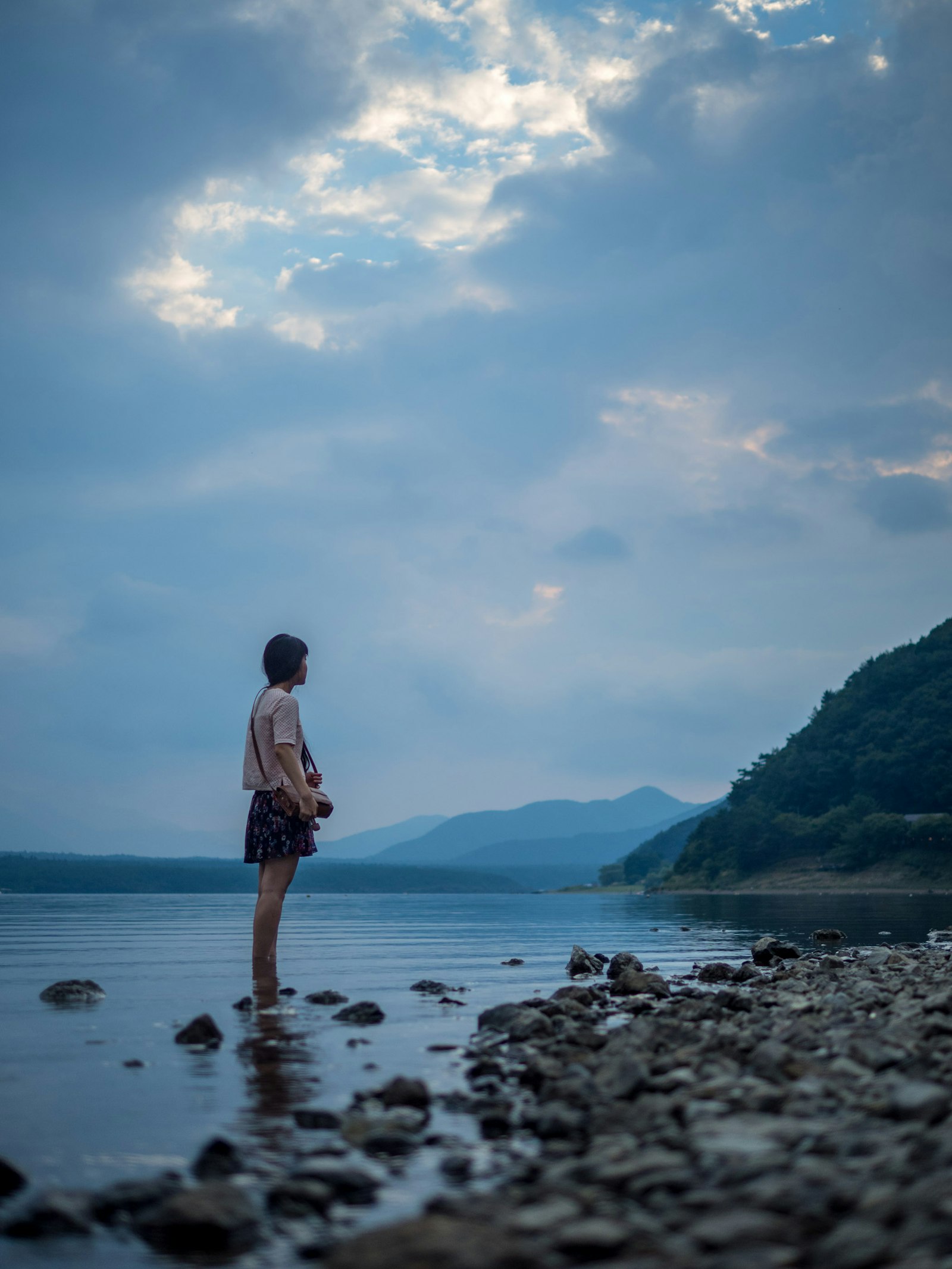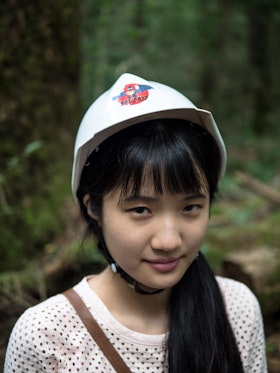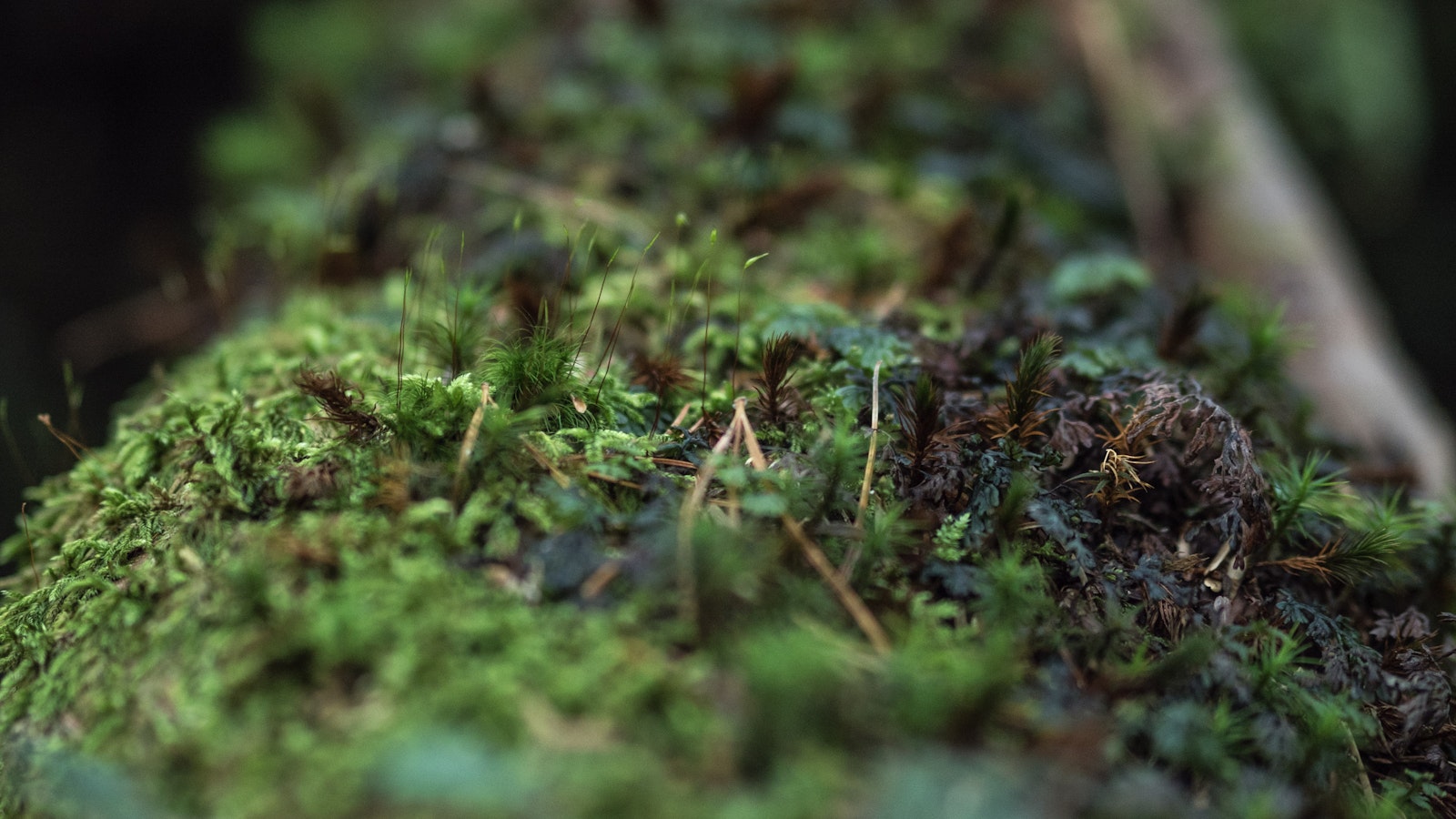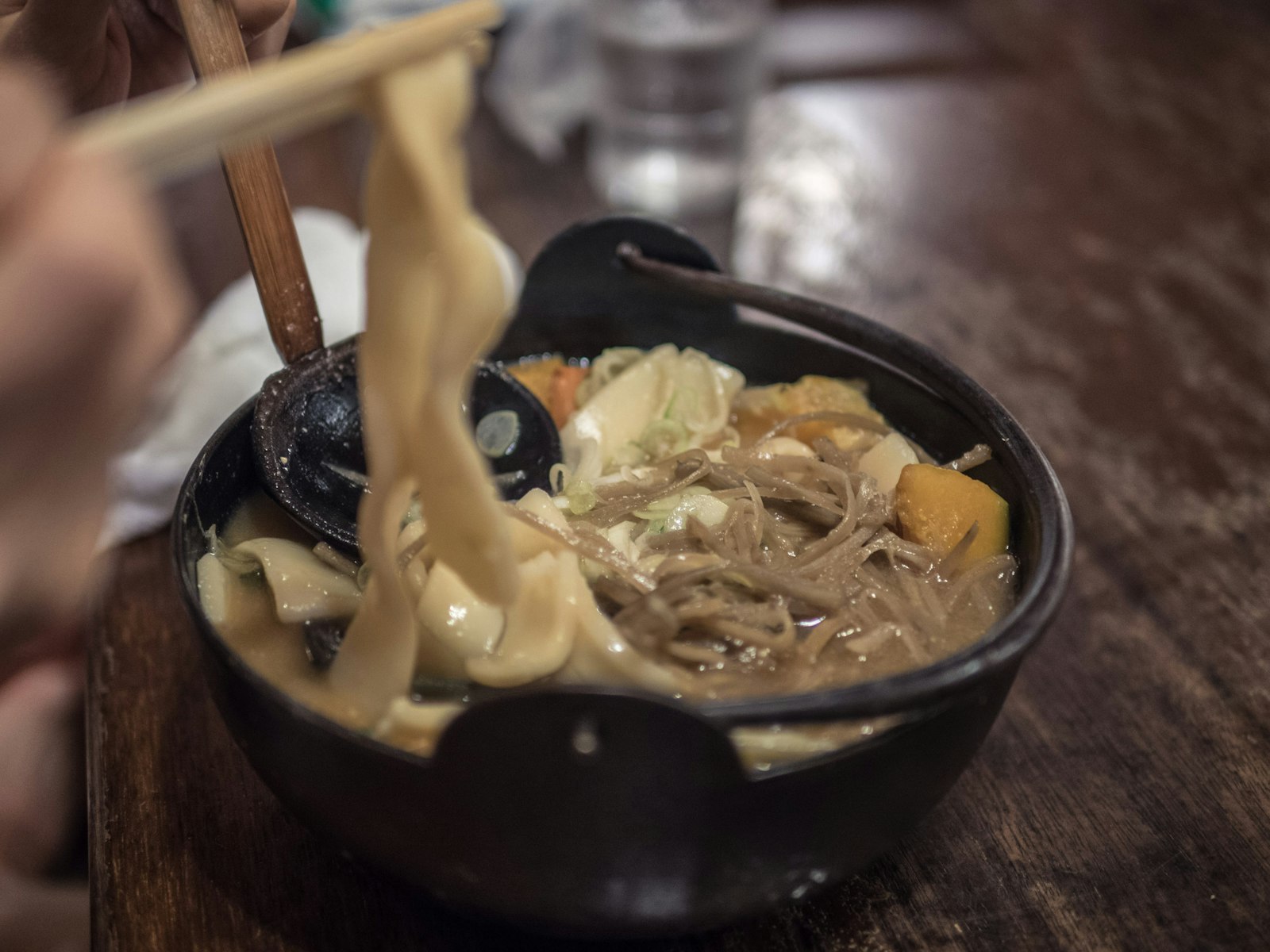Quick trip to Guam
30th December 2014
The weekend before Christmas, Yuna and I escaped the cold Tokyo winter with a quick jaunt over to Guam.
Read full article
Date Published
6th September 2016
Last week Yuna and I took a trip to see Mt Fuji, but it was uncooperatively hiding behind cloud, so we were forced to find a few alternative activities.

Kawaguchiko is a beautiful lake in Yamanashi prefecture, providing wonderful sunset views of Mt Fuji. Along the shore are many cute cafes and bakeries, a park providing a rotating display of seasonal flowers and a gift shops selling blueberry ice cream. When we visited, Fuji was right in front of us but sadly nowhere to be seen due to haze and cloud cover. At a bit of a loose end, we wandered onwards to Lake Saito, where Yuna waded in and had tiny guppies nibbling at her toes (I find this creepy but it’s actually a service people pay for at spas here).


Continuing around Lake Saito, we started seeing road signs for a “Bat Cave”. $3 and a loaned helmet later we were stumbling through some dense forest on our way to an apparently grandma tier spelunking adventure, judging by the elderly couple up ahead of us.

The caves were incredibly cool compared to the humid air outside, and while the entrance was quite open and welcoming, the tunnels narrowed down into very claustrophobic archways, at some points less than a metre in height. I have no idea how the little old lady we saw got through them, but she sped on through them faster than us and we lost sight of her. We were very glad for the helmets in the end, bumping our head in the dark quite a few times as we crab scuttled under the more narrow sections.

While we saw some interesting volcanic geological formations, we didn’t see a single bat. At the other end of the Bat Cave’s carpark, however, we found the start of a very infamous trailhead. It turns out the Bat Cave itself as well as the surrounding area was all part of Aokigahara, a 35km² dense forest at the foot of Mt Fuji, more famously known as the suicide forest.


Japan’s suicide rate is unfortunately 60% higher than the global average, and this particular forest has seen an unusually high amount of suicides for more than 20 years. Some believe it was “popularised” due to nihilistic author Matsumoto Seichō’s novel Kuroi Jukai, and the forest is now swept annually to remove bodies. Fortunately, we experienced none of this grimness, and instead had a lovely walk through a very tranquil, silent forest.

The dense trees removed all sounds but our footprints and a smattering of bird chatter, and we clambered over fallen logs and volcanic rocks cropping out in interesting formations, including small caverns where signs encouraged hikers to take shelter in case of rain.
Tired out we headed for some local restaurants to try ほうとう (houtou), a Yamanashi specialty dish, which is like a hotpot of vegetables and special flat udon noodles cooked in miso soup. We ended up having a great adventure despite not even catching a glimpse of Fuji-san.
